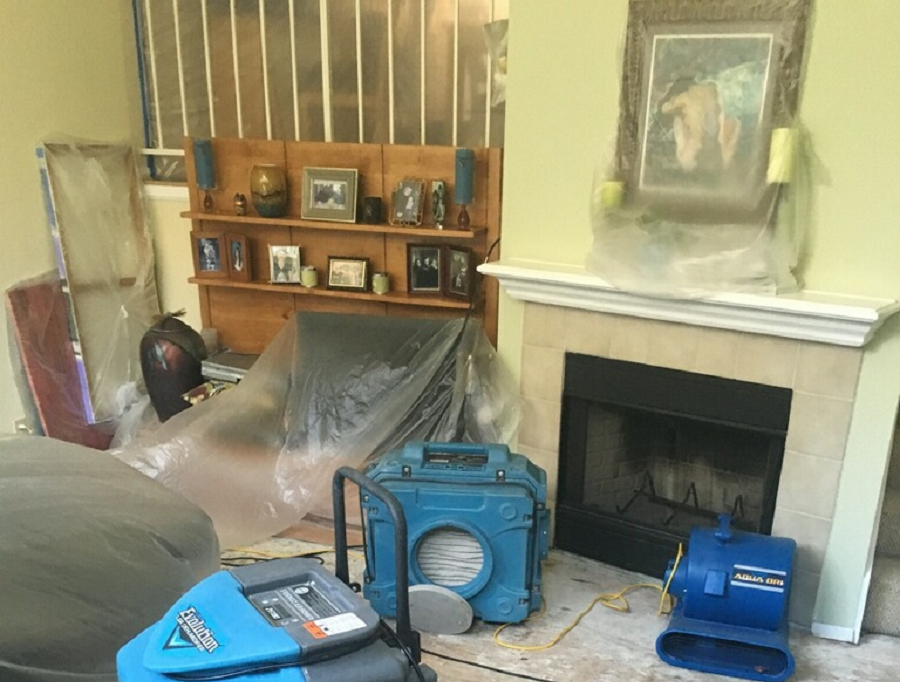One of the most frequent causes of damage to homes is water damage, and this is reflected in insurance company data on a consistent basis. The damage can range from an appliance change to an entire floor replacement. In this article, we will take a closer look at water damage and how it affects various materials found in the home.
What are the Causes of Water Damage?
When most people think about water damage, they tend to envisage a dramatic event such as flooding or a severe pipe burst during winter. These are certainly a risk, but in many cases, the causes of water damage are less obvious, and this damage can occur over a prolonged period of time. A broken gutter can lead to water collection at the base of the home, which can lead to structural cracks. A leaky or blocked toilet drain can release water into the bathroom floor, causing the floorboards to rot. Tree root intrusions into leaking sewage lines under the yard can cause blockages and sewer backups into the home. Even a small water leak can cause a lot of water damage that may be hard to notice.
How Does Water Damage Affect Certain Materials?
Let’s take a look at four common materials used in the home and how they are affected by water damage:
1. Wood
You may have wooden floors, baseboards, tables, chairs, cabinets, and other surfaces in your home. A release of water into the home can have a dramatic effect on wood leading to rotting, warping, and weakening. The wood may be irreparable, and replacements can be expensive if the water damage is extensive. If the wood is not dried properly after a water leak is fixed, this can cause toxic mold growth.
2. Carpets
The extent of the water damage to the carpet will be determined by the volume of water released. In some cases, it may be possible to dry out the carpet and rugs. But, if the source of the leak is a sewage pipe, it’s more likely that the carpet will need to be replaced entirely.
3. Tile
Tile flooring is waterproof, but the grout that secures the tile in place isn’t, and this can lead to cracking around the tile. When grout is chipped away, there is a vector for water to enter, and this can cause further damage to wooden subfloors. These surfaces can warp, crack and weaken, which may lead to an expensive floor replacement.
4. Concrete
Many homeowners believe that concrete structures are waterproof and thus resistant to water damage. This is incorrect; the concrete foundation slab, supporting walls, and other concrete structures can be cracked and damaged by water. This can be noticed in the home when seams rip, bubbles form under floors, and baseboards don’t seem to fit flush.
In Conclusion
The best way to prevent these problems is to invest in preventative plumbing maintenance for your home. Early water leak detection and a proactive approach to potential flood damage is advisable. If you suspect that you have a water leak, drain clog, or other issues, contact your local plumber to identify and fix the problem.





